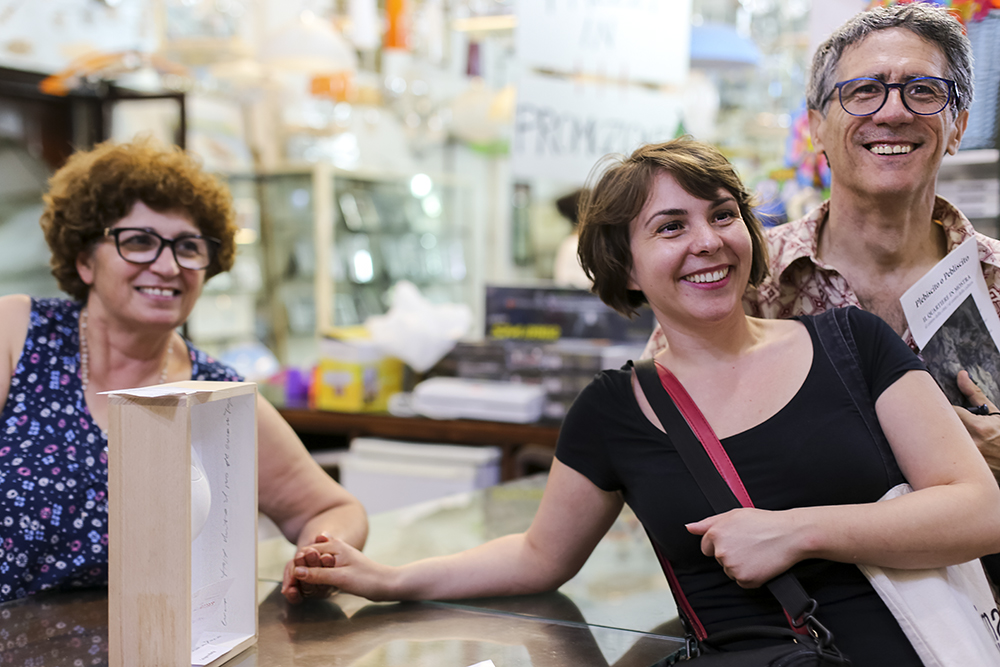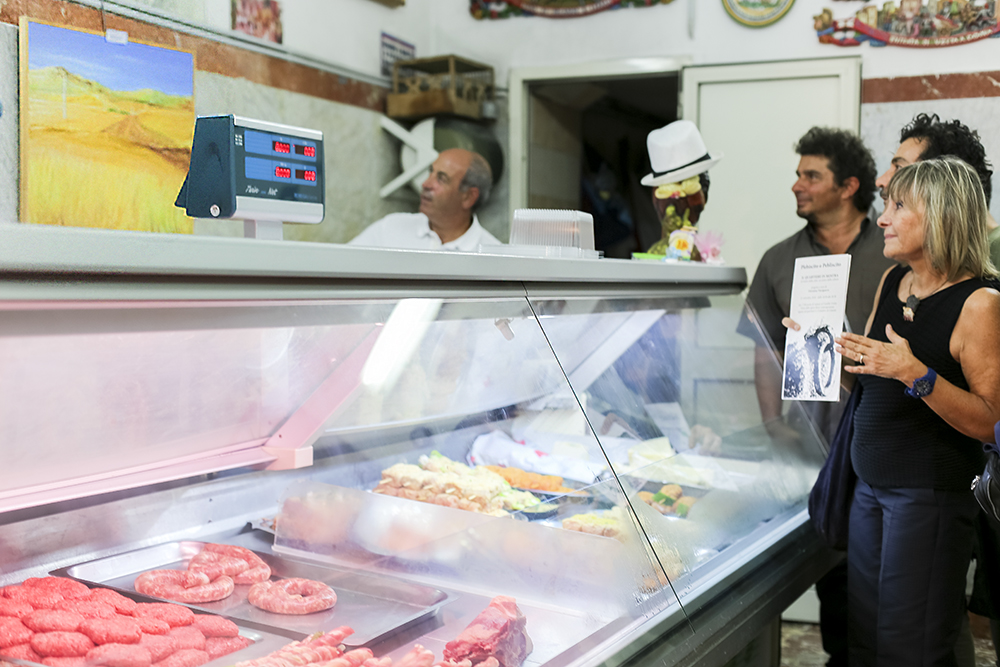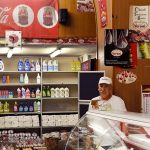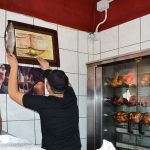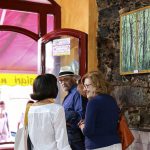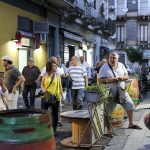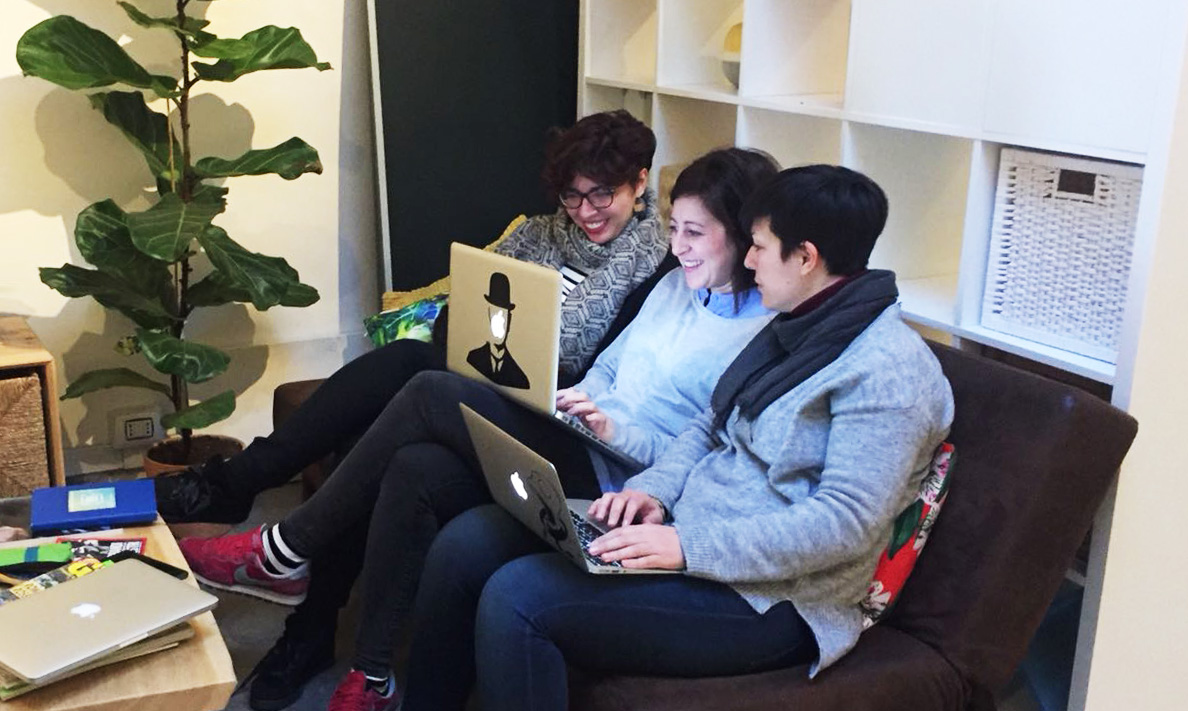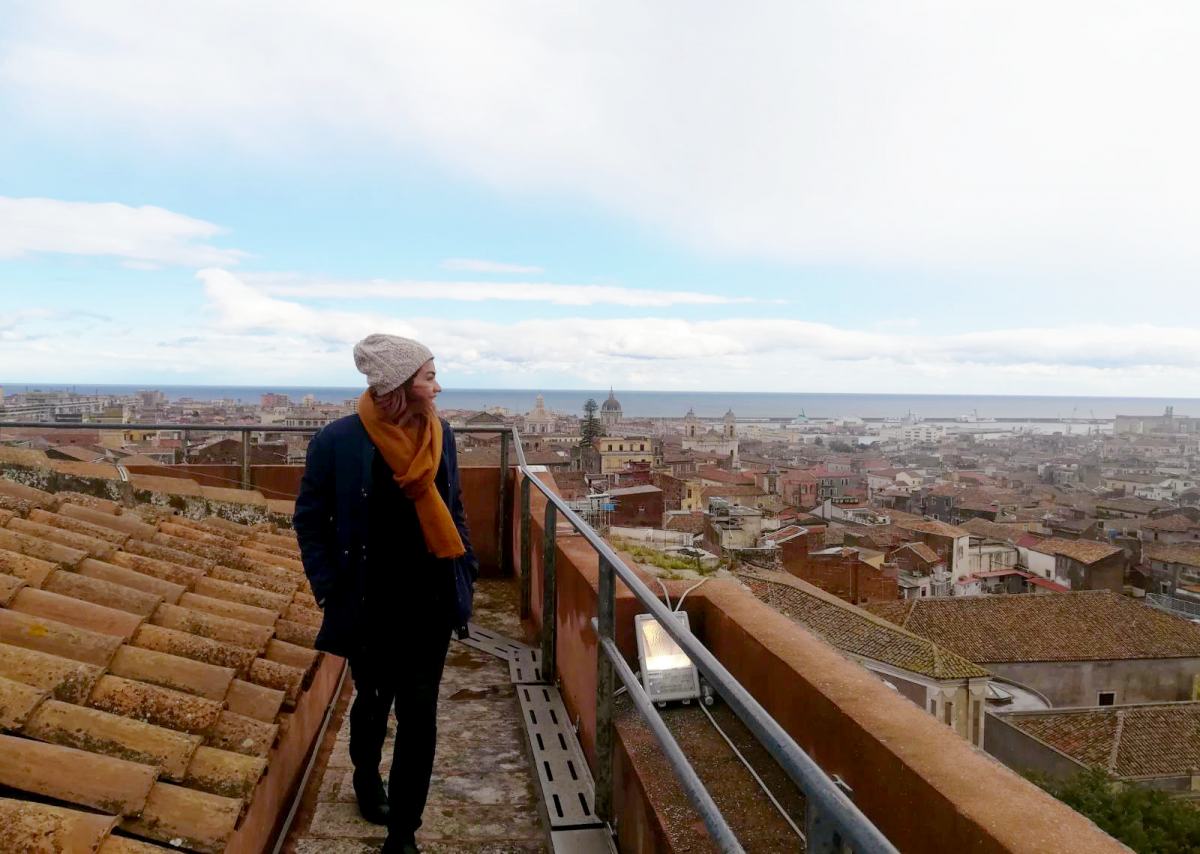Può un quartiere popolare diventare il polo artistico e culturale della città? Ci ha provato Giovanna Vinciguerra – studentessa della sesta edizione del Master Relational Design – col progetto di tesi “Plebiscito o Pebliscito?“, che ha trasformato per un giorno le botteghe di San Cristoforo, a Catania, in piccole gallerie d’arte.
Com’è nata l’idea di un museo diffuso a San Cristoforo?
Il progetto nasce da un’esigenza personale. Sono nata e cresciuta a San Cristoforo e spesso, nonostante i miei studi, mi sono sentita giudicata a causa della mia provenienza. Di questo quartiere, conosciuto più per essere una zona di “malaffare”, volevo restituire un’immagine diversa, lontana dagli stereotipi. Ai pregiudizi volevo contrapporre i valori di una comunità ancora oggi legata agli antichi mestieri che vengono portati avanti nelle piccole botteghe che costellano San Cristoforo. Volevo far conoscere il mio quartiere per come l’ho vissuto e per farlo mi sono servita dell’arte: 70 opere sparse nei piccoli esercizi commerciali e la possibilità di fruirle per chiunque volesse. Il corso “Pratiche Relazionali nell’Arte” tenuto da Gianni Romano – che è stato anche il relatore della mia tesi –è stato certamente un ottimo punto di partenza.
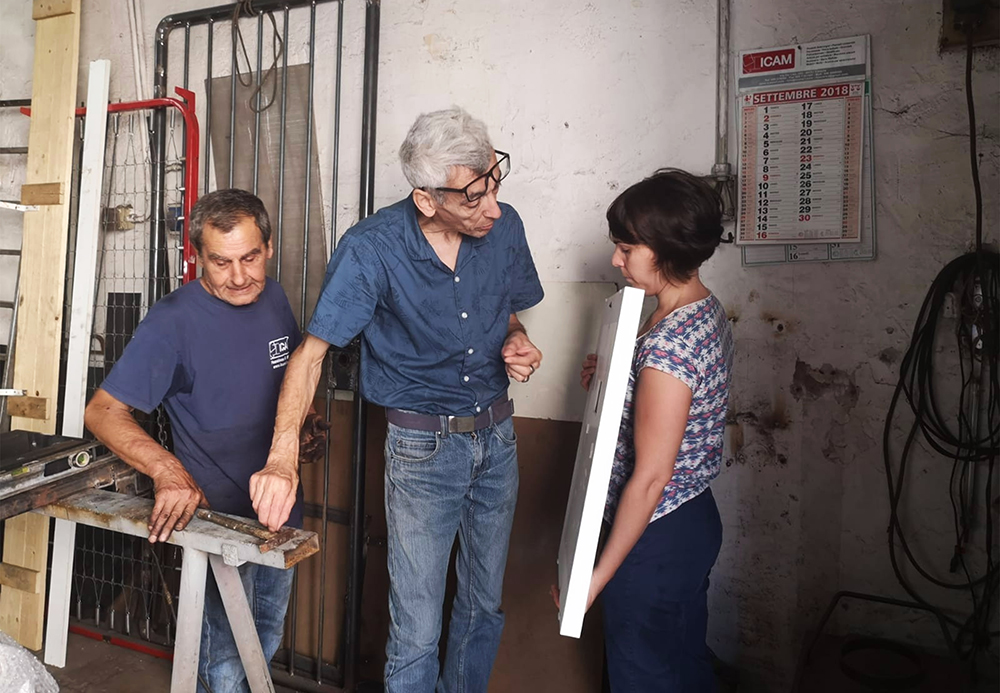
Arte in bottega: il quartiere come vetrina per le opere o il contrario?
Il limite tra contenuto e contenitore era labile: non più l’opera al centro della mostra, ma gli odori, i colori e le atmosfere stesse di San Cristoforo. L’arte è divenuta il mezzo attraverso cui far conoscere l’anima del quartiere, abbattere i pregiudizi e avvicinare la gente di strada alla cultura e, dall’altra parte, la gente di cultura alla strada.
Cosa intendi quando parli di arte come interstizio sociale?
In questo caso l’atto artistico non è racchiuso nel gesto creativo dell’artista, bensì nelle reazioni che ha provocato. L’opera non è più un un oggetto ma si identifica in una dimensione fuori dal tempo e dallo spazio in cui sono le relazioni a rappresentarla.
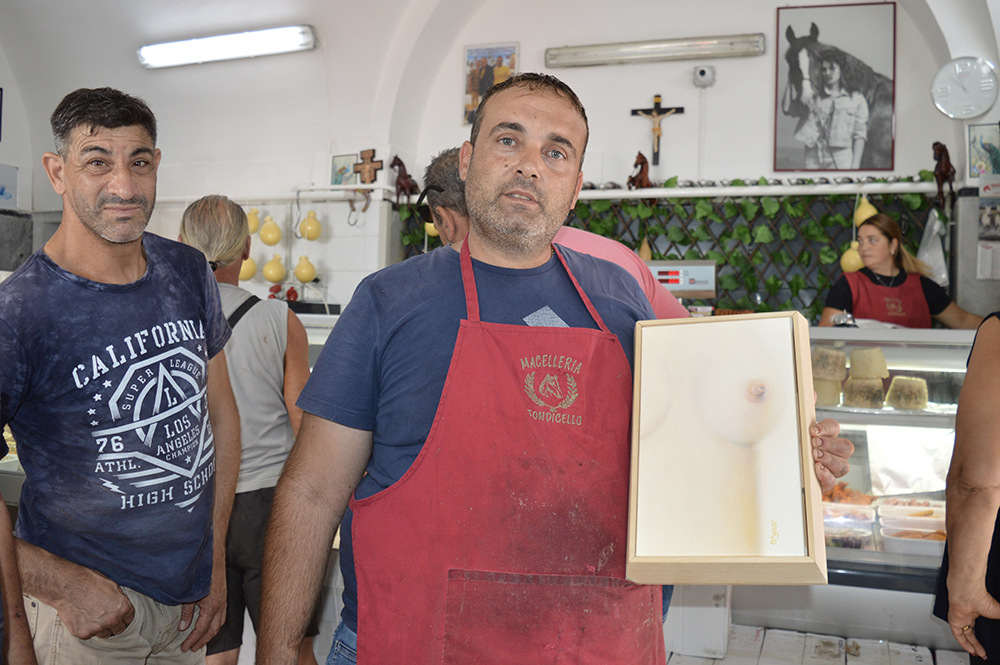
Quali sono stati gli effetti dell’arte relazionale sulla comunità?
In un primo momento i commercianti si sono mostrati restii a ospitare dentro i loro negozi delle opere – forse perché non volevano assumersi così tante responsabilità oppure perché volevano evitare l’impiccio di dover accogliere per l’intera giornata un pubblico diverso dai soliti acquirenti. Eppure al momento del disallestimento erano dispiaciuti e avrebbero voluto tenerle ancora un po’. Nonostante si trattasse di pezzi di arte contemporanea, la comunità ha dato prova di apertura e ricettività nei confronti di istanze lontane dalla consuetudine o, più semplicemente, dalla vita del quartiere.
Quanto è stato importante tessere relazioni per portare a compimento il tuo progetto?
La prima parola su cui si è basato il progetto è stata “fiducia”. Le relazioni hanno avuto un ruolo fondamentale nell’evoluzione di “Plebiscito o Pebliscito” e non si sono sviluppate su un unico piano, ma su tre livelli: con la comunità, gli artisti e il pubblico. All’inizio non è stato facile: come ho già detto, per prima cosa ho dovuto convincere i commercianti; poi gli artisti, che si sono mostrati impauriti dal contesto in cui sarebbero state esposte le opere e restii a prestarle senza nessun tipo di assicurazione. Per ultimo il pubblico, che in alcuni casi ha storto il naso quando ha saputo che la mostra itinerante si sarebbe svolta nel quartiere di San Cristoforo, come a evidenziare che neanche l’arte può sconfiggere il pregiudizio. Eppure, nonostante tutto, a giochi fatti le reazioni su tutti i fronti si sono svelate molto diverse. I commercianti erano entusiasti e dispiaciuti di dover salutare così presto le opere, che per un giorno avevano abitato le loro botteghe; gli artisti e il pubblico incuriositi e soddisfatti di aver preso parte a un evento che si era mostrato come uno squarcio di consapevolezza tra la bellezza e il degrado di ciò che non avevano mai visto o voluto vedere.
Questo progetto è stato per me motivo di grandi soddisfazioni, è stato il culmine di un percorso complesso e allo stesso tempo gratificante. Relational Design mi ha messo a dura prova ma era quello che cercavo da tempo: è stato capace di farmi conoscere realtà, linguaggi e prospettive del tutto nuove e inaspettate.
